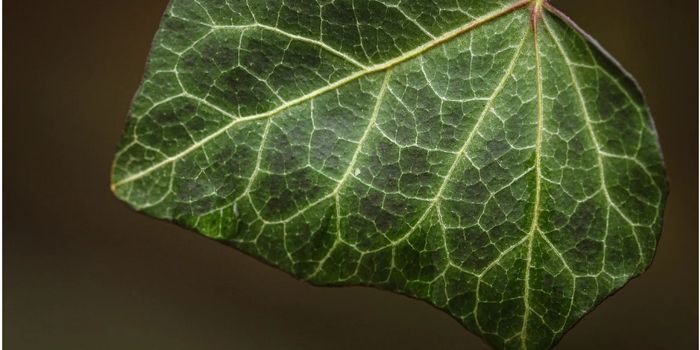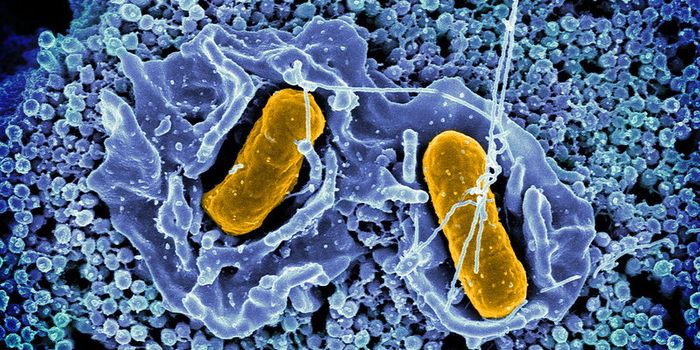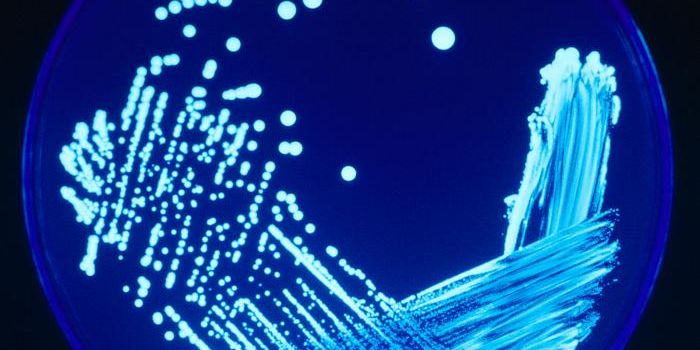Insight Into the Gating Mechanisms of a Critical Channel
Reporting in Nature, scientists have learned more about a critical channel that sits in cell membranes, called PANX1. The channel plays a variety of important roles in biochemical pathways that influence human development, inflammation, cell death, and the regulation of blood pressure.
"The pannexin1 channel, or PANX1, is vitally important for maintaining normal, healthy function and, as such, is a major target for treating a host of diseases," said co-corresponding study author Wei Lü, Ph.D., an assistant professor in the Van Andel Institute's Structural Biology Program. "Our new images provide a blueprint for drug development and also answer longstanding questions about how PANX1 works."
PANX1 can be found in different cell types throughout the body. It enables small ions and the vital cellular fuel, ATP, to pass through the cell membrane. It can assume different structures and can have a wide main pore and several side channels.
In this work, the researchers learned more about how PANX1 opens and closes, and how it changes when cells enter a natural process of cell death called apoptosis. Normally, the wide PANX1 pore in the cell membrane is blocked by a plug, and only small ions can get through seven small side tunnels in PANX1. These tunnels are linked to the main pore. When apoptosis occurs, the plug is cut off, the pore opens and ATP is released through it, triggering cellular recycling. Apoptosis causes PANX1 to route ions and other molecules to different parts of the channel.
PANX1 has been utilized as a good therapeutic target for some types of cancer or cardiovascular disease, but little has been known about how these drugs work. In this study, the researchers also determined that a common medication called carbenoxolone, a PANX1 inhibitor, stops molecules from getting into the channel. Carbenoxolone is an ulcer treatment and it's potential as a cancer therapeutic is being investigated.
"These insights will be impactful beyond our understanding of PANX1 -- they also shed light on how other similar large-pore channels function," said co-corresponding study author Juan Du, Ph.D., an assistant professor in VAI's Structural Biology Program.
Sources: AAAS/Eurekalert! via Van Andel Research Institute, Nature








